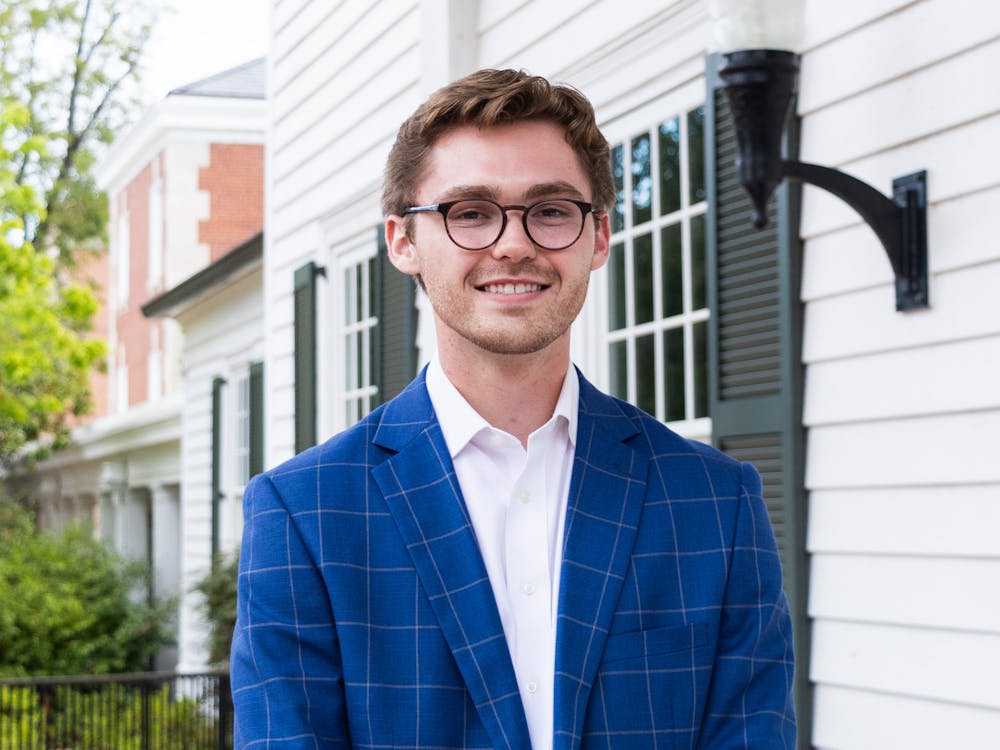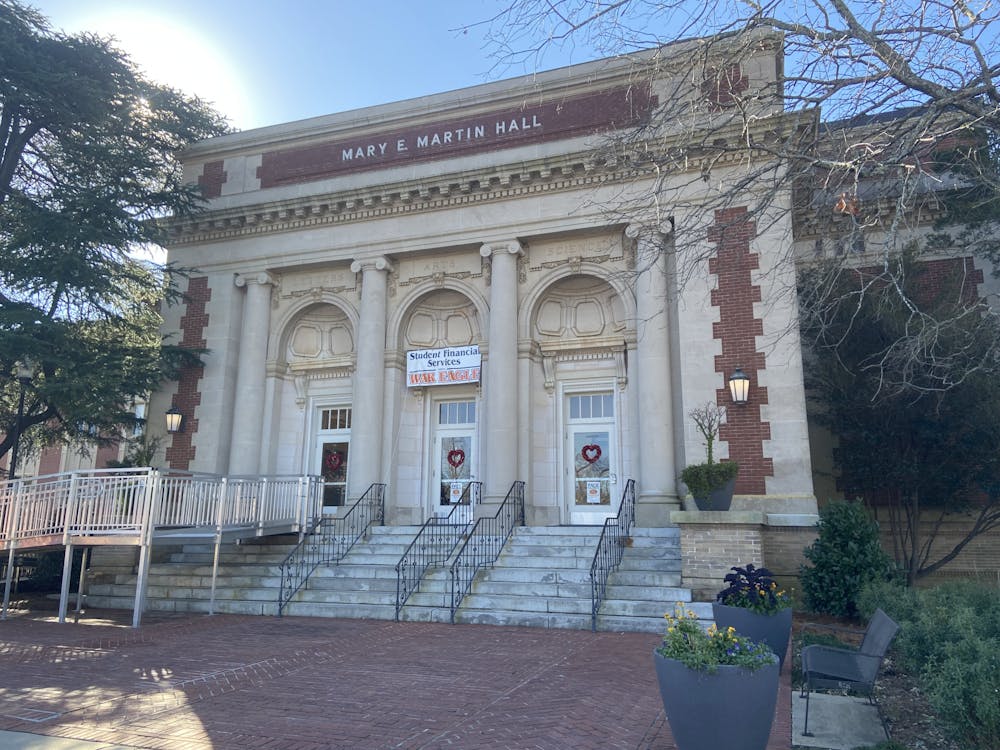The topic of accessibility has become a very popular topic on and around campus. It seems as if, as the topic is mentioned more often, people are becoming more aware of how adverse the town and campus’ infrastructure is to those who have physical disabilities. Many students have been thinking of ways to change this.
The Advocates for Disabilities Club at Auburn, or ADA, established in Jan. 2020, is a student organization dedicated to spread awareness of disabilities, help solve disability-related issues and create an environment that is welcoming to all. Their meetings often focus on problems the members have observed on campus and around it, as well as discussing solutions and voicing their frustrations with the lack of accessibility on a campus that claims to be inclusive.
“Our campus is very beautiful and often historic, which means that accessibility was not even a thought when certain buildings were built,” said ADA President Abbey Tucker, a senior in rehabilitation and disability studies. “The older a building is, the less accessible it is.”
Although every building could improve its accessibility, a select few came to the minds of almost every ADA member. Ralph Brown Draughon Library, Tichenor Hall, Parker Hall and Thach Hall were all named, but Mary Martin Hall was chief among those considered to be almost inaccessible.
“Mary Martin Hall is completely inaccessible without the ramp, and even then, students with physical disabilities cannot go between floors,” Tucker said, as there are no elevators in the building.
Academic buildings are not the only buildings lacking in accessible features on campus.
“Jane B. Moore Field is completely inaccessible to those in wheelchairs, and Jordan-Hare and the Auburn Arena have limited accessible seating and little railing throughout,” Tucker continued. "Jane B. Moore Field has accessible seating, but there is no wheelchair ramp for events that take place on the field."
Tucker expressed concern with campus buildings that are labeled as “accessible.” She said that most accessible entrances are inconveniently placed and, once in, obstacles such as heavy doors become a new issue for those with muscle weakness or balance-related disorders.
Breanna Thrasher, a member of ADA who has a disability, testified about some of the struggles she has dealt with on campus while in a wheelchair.
“Parker Hall has an elevator issue, as well as Thach Hall,” Thrasher said.
Thrasher, a junior in equine science, has several issues with accessibility at Upchurch Hall, the building that houses most of the equine science curriculum. She also has trouble with the locations where many of her labs take place.
Tucker and Thrasher had hoped for more accessible dorms. However, they said that this was not the case.
“When I first started school here, I was so happy, and I remember getting the email that I would be put in a handicap-accessible room," Thrasher said. "And I went into The Hill thinking that I would get what I was told I would be getting, but I go in there, and the bed is nearly five feet off the floor, the closet was small and hard to function and then the shower had a lip and the handicap-accessible chair was in the back of the shower."
Tucker described issues with other housing buildings.
“The South Donahue dorm only has one accessible entrance, and it is right next to an area that is often blocked by service vehicles,” Tucker said. “The ADA [Americans with Disabilities Act of 1990] accessible rooms in The Village are larger than the standard rooms, but still not nearly large enough to accommodate someone with a service animal, a wheelchair or other type of assistive technology.”
Though Tucker and Thrasher had plenty to say about where Auburn lacked in accessibility, they brought several possible solutions.
Tucker acknowledged the history that many of these inaccessible buildings have. But she proposed some basic, yet necessary, renovations to make Auburn more inclusive without demolishing some of the more historic aspects of the campus.
“For now, adding small changes such as railings to the stadium stairs, enlarging at least one of the bathroom stalls in the library and installing more automatic doors inside buildings would help immensely,” Tucker said. “And some crosswalk signs on and near campus lack the voice feature, which needs to be installed to help the visually impaired to know when to safely cross the road.”
Thrasher held similar views, but she especially wanted to help create a more inclusive environment within the equine science major. She felt that they were lacking in accommodating features for those with disabilities within their program.
“A peer of mine always reminds others that we live in a world that continues to build stairs when not everyone can go up them,” Tucker said. “By educating others about disabilities and the history of disability culture, making accommodations would not seem unnecessary or too expensive when it has the power to improve the quality of someone’s life.”
Do you like this story? The Plainsman doesn't accept money from tuition or student fees, and we don't charge a subscription fee. But you can donate to support The Plainsman.

Tucker Massey, senior in journalism, is the content editor for The Auburn Plainsman.





